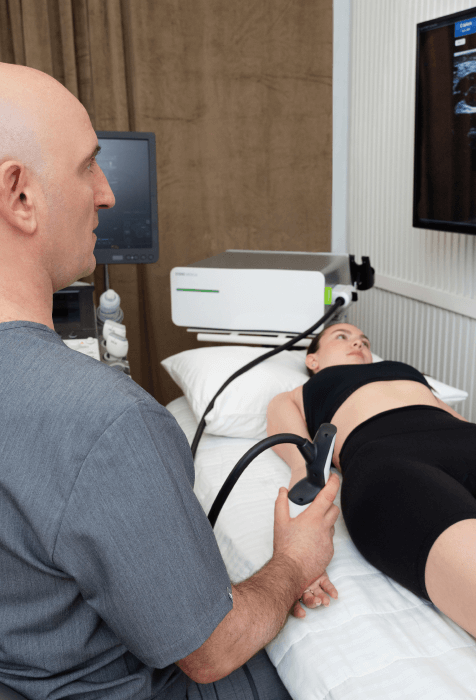Because of its complexity, there are many things that can cause wrist pain and reduced mobility. Some common conditions include:
Carpal tunnel syndrome: This condition occurs when the median nerve becomes compressed within the carpal tunnel, often due to swelling or hypertrophy of the tendons that pass through the tunnel from the forearm. Pain may also arise from restricted gliding of the nerve anywhere along its pathway down the arm.
Ganglion cysts: A ganglion cyst is a fluid-filled lump that appears near the joints or tendons, often at the top or on the palm side of the wrist. Their cause is unknown, and they are sometimes but not always painful.
Osteoarthritis: Arthritis is caused by deterioration of the joint cartilage, marked by pain, stiffness and swelling. It has been linked to chronic systemic inflammation and metabolic disorders.
Thumb sprain: A sprain is injury to a ligament, most often the ulnar collateral ligament that connects the thumb to the hand. A thumb sprain is a common sports injury, and may also occur from a fall.
Trigger finger: Medically called stenosing tenosynovitis, trigger finger is often seen in patients with rheumatoid arthritis, gout and diabetes. It arises from a thickening of tissue that inhibits smooth gliding of tendons.
Wrist fractures: The wrist is made up of the eight carpals, along with the radius and ulna. Any of these bones can sustain a fracture, but the radius is the most common site of wrist fracture. Falls are the most common cause of wrist fractures. A fall may also do damage to ligaments, tendons, muscles and nerves.






























































